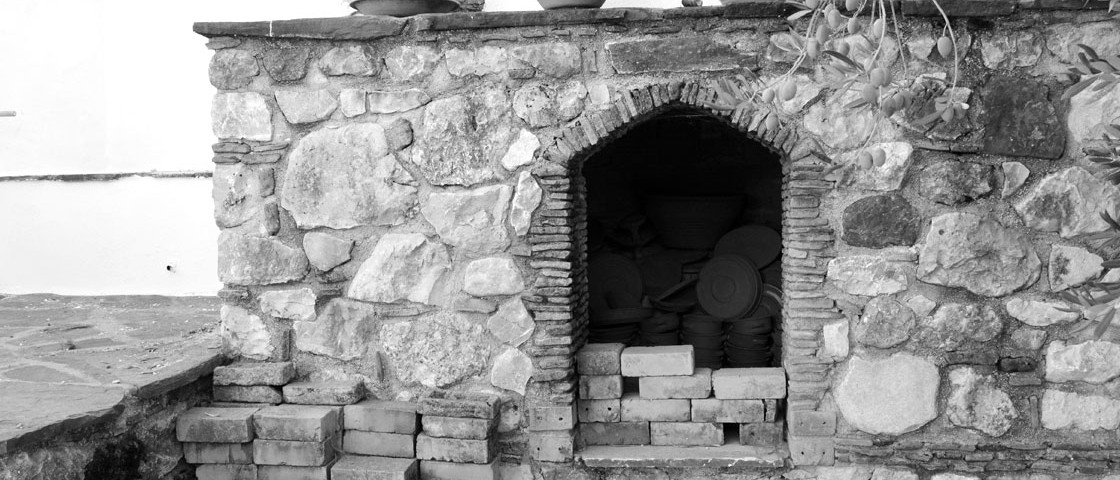- Have any questions?
- +302241052038
- art@artisticvillage.gr
Ceramic art and tradition in Rhodes

A few words about Rhodes
February 25, 2015
The layout and Architecture of Settlements in Rhodes
February 25, 2015Ceramic art and tradition in Rhodes

The geopolitical position of the Aegean islands during the 1st millennium BC resulted, among other things, in the birth of a variety of ceramic styles. Very little is known about the production of pottery in the Aegean region in ancient times.
Ceramic art is inextricably linked with the Dodecanese island of Rhodes because the island played a central role in the trading of ceramics which came from various sources and were bound for various destinations.
Ancient Rhodian ceramics are outstanding in terms of quality, diversity of shape and the range of themes used to decorate them. In many parts of Rhodes there was a plentiful supply of clay suitable for pottery. The abundance and excellent quality of this clay enabled the Rhodian potters to experiment with it, to work with it and to learn its secrets. So, from the very earliest times, they created wonderful ceramics.
Most of the best ceramics that were produced in the Rhodian workshops were destined for export. This is evidenced by the discovery of ceramics from the island in the whole Mediterranean area and beyond.
Rhodian potters created a wide variety of shapes, which were mainly aimed at better serving the practical needs of everyday life. However, they never neglected the aesthetic aspects of their work. The island’s potters have always combined utility and beauty in their ceramics.
The kind of technique used to decorate the ceramics has played a major role in the development of ceramics in Rhodes. In protogeometric and geometric styles the dominant technique was the silhouette. The orientalizing style followed, with the basic decoration technique being borders, then the black-figure style and then the red-figure style, and finally the white ground technique.
There was an orientalizing style workshop in Rhodes and vases from it were discovered there. The main decorative themes used were floral motifs and human or animal figures. The decorations are characterised by freehand designs and a humorous mood, and they also show mythological figures or scenes.
Several ceramic pots in the black-figure style were found in Rhodes. These are excellent artistically and in terms of construction are amongst the best in Eastern Greece. Finally, many Hellenistic urns which were used for holding funeral ashes have been found in Rhodes.
As a result of its geographic position between the East and Greece, there is a strong influence from Phoenician, Egyptian and Cypriot work in the island’s pottery. Vases from this school were exported in large numbers to the West.
The term “Rhodian” was coined by the French who, in the mid-19th century, looked for and bought particularly large quantities of ceramics in Rhodes and Lindos on behalf of the Paris Musée D’art Décoratif (Cluny). These were mainly plates (about 600 pieces which are now in Rouen, a large ceramic centre in northern France).
The place where these were found, and the number of pieces lead to reports and articles which all talked of “Rhodian” earthenware (Céramique de Rhodes). The island’s ceramics are also known as “Rodiaki”. In Rhodes, pottery workshops are mainly based in the Lindos, Salakos, Afantou, Archangelos and Embonas areas.
In the Afantou area and in Keramos (where the Artistic Village and the Museum of Ceramic Art are located) are there have been many finds of pottery in different places around the area (pieces of vases and other ceramic objects) which indicate that there was a large number of potters in the area. This is why the areas is known as ‘Keramos’ (from “keramica”, the Greek for ceramics).
Finally, newer Rhodian ceramics are made by mixing three types of soil: the first is pale yellow and pliable, the second is grey and has an adhesive effect and the third is deep red in colour.
